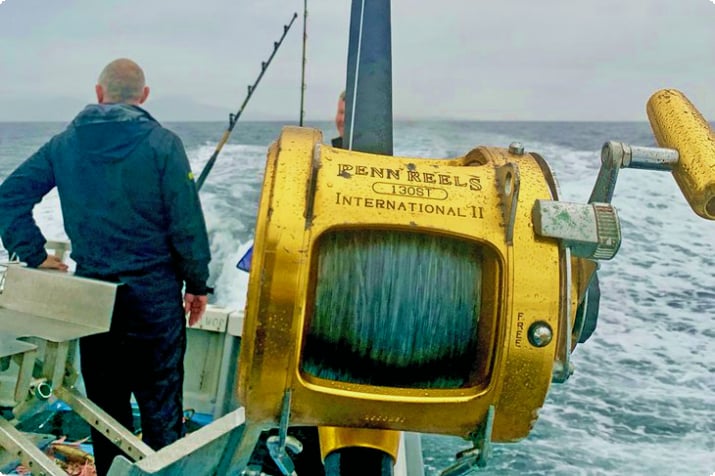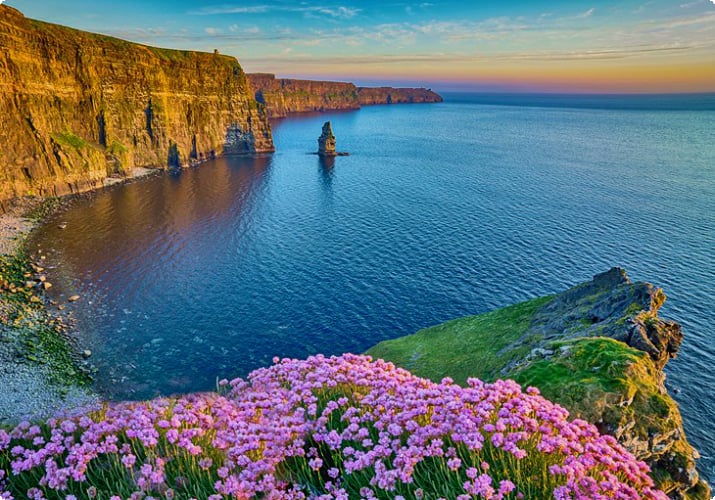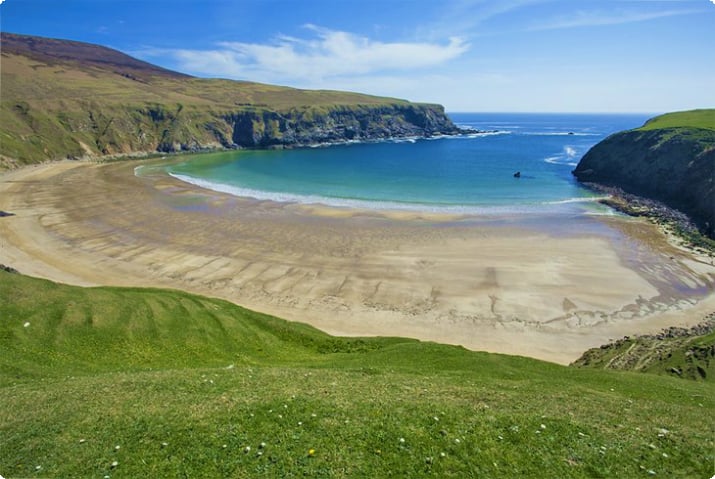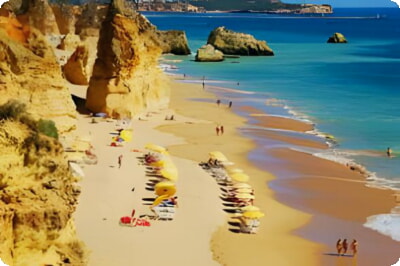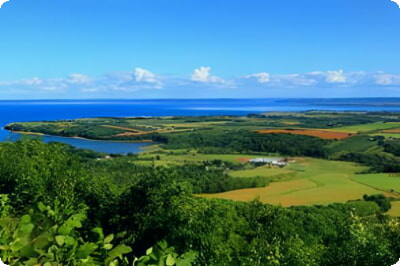Experiencing Ireland's Coastal Fishing: The Thrill of Catching Atlantic Bluefin Tuna
Ireland, with its extensive coastline, is a haven for sea fishing enthusiasts. Among the various species, the Atlantic bluefin tuna stands out as a prized catch, especially off the northwest coast near Donegal and Killybegs. These giants of the sea, known for their size and strength, offer a challenging and exhilarating experience for anglers.
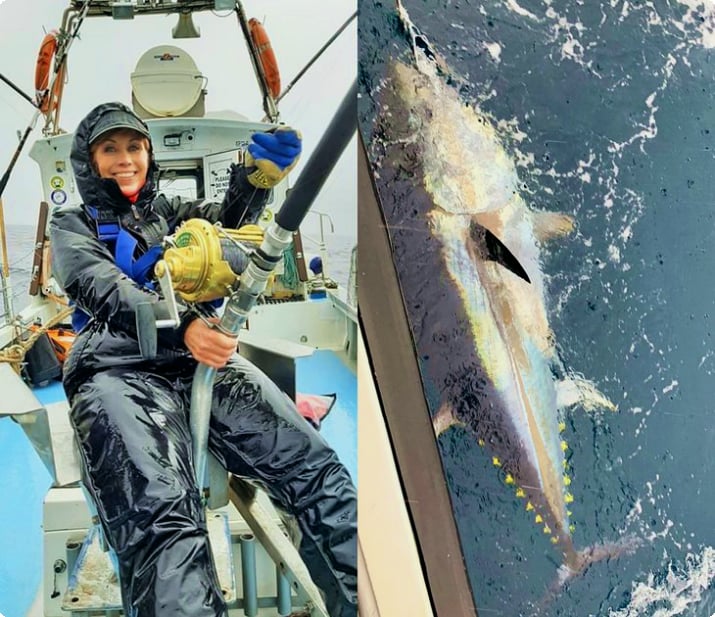
To protect and study the bluefin tuna, Ireland has implemented a pilot tagging program. A select number of captains are authorized to catch, tag, and release these fish, contributing valuable data to annual research efforts. The prime time for bluefin tuna fishing is from late July to November, with peak activity between August and October.
On the Trail of the Atlantic Bluefin Tuna
Seeking to understand more about bluefin tuna and the conservation efforts in place, I embarked on a four-day fishing trip with Declan McGettigan and his father from Killybegs Fishing Trips. The experience of fishing for bluefin tuna is unparalleled, with the fish's immense power and speed presenting a formidable challenge to even seasoned anglers.
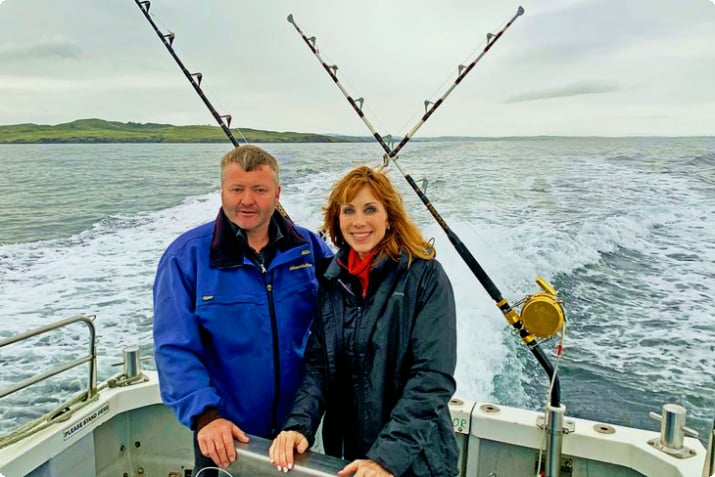
The bluefin tuna is one of the fastest, largest, and most powerful species in the sea, capable of reaching speeds up to 40 miles per hour. They migrate to Irish waters to feed, and the best chance to catch one is by booking multiple days at sea, given the unpredictability of the weather and fish movements.
The Gear for the Giant
The equipment used to catch and tag bluefin tuna is regulated to ensure the safety and conservation of the species. Onboard the Fiona Tee, we used 130-pound class rods and Penn International reels, with 130-pound main lines and 600-pound leaders. The colorful squid teasers on spreader bars are trolled behind the boat to attract the tuna.
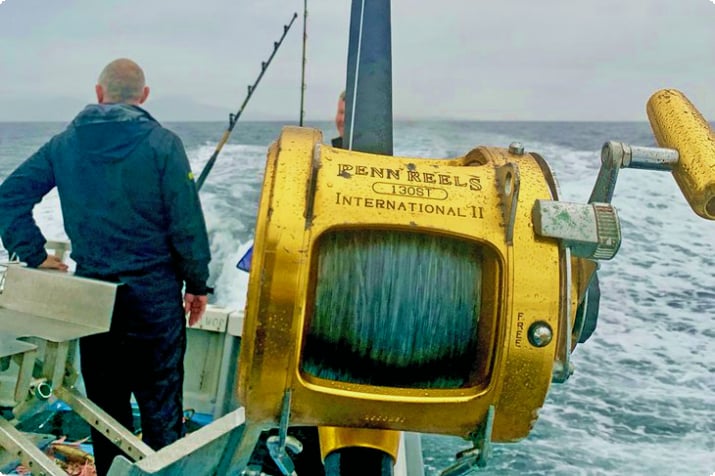
The journey to our fishing spot was not just about the catch but also about the enchanting Irish coastal scenery and the diverse marine life, including whales, dolphins, and various seabirds.
The Encounter with a Bluefin Tuna
The moment a bluefin tuna strikes is intense and chaotic. The sheer force of the fish is overwhelming, and the battle to reel it in is a test of strength and endurance. The fight with a 630-pound bluefin tuna is a dance of give and take, requiring the collective effort of everyone on board.
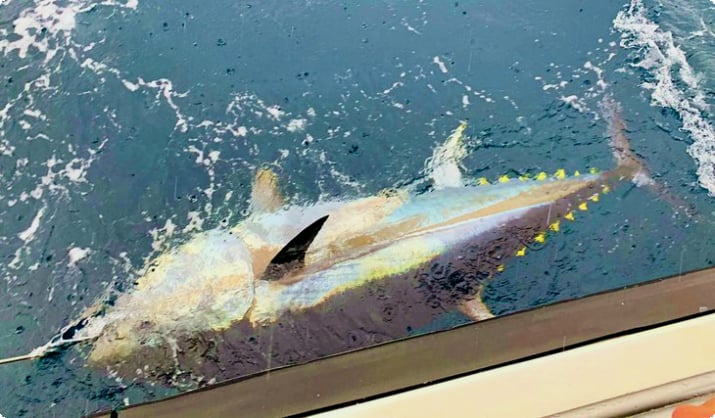
Once the fish is secured beside the boat, it's tagged and measured before being released. This close encounter with such a magnificent creature leaves a lasting impression and a deep respect for the power of nature.
Tagging for Conservation
The tagging process involves recording the tuna's length and other vital statistics, which are used to track the migrations and understand the species' ecology. This data is crucial for the conservation and management of bluefin tuna populations.
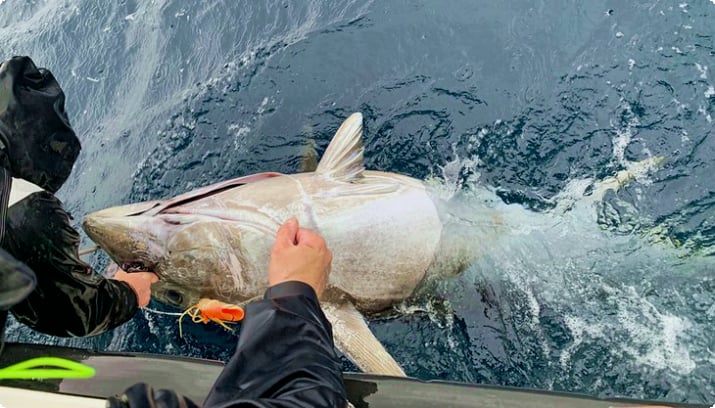
While bluefin tuna fishing is intense, it's accessible to anglers of all levels, provided they are prepared for long days at sea and can follow the crew's guidance.
Other Sea Fishing Opportunities in Ireland
Ireland offers a wide range of sea fishing options beyond bluefin tuna. Anglers can enjoy half-day charters targeting mackerel, cod, pollock, and more. The best times for general sea fishing on the west coast are August and September.
Whether you're on the northwest, west, east, or south coasts of Ireland, there are numerous fishing spots and species to target throughout the year. For those new to the area or looking for expert guidance, regional guides can provide valuable insights and include any necessary permits in their fees. For more information, Inland Fisheries Ireland is a great resource.
With over 50 species of fish, Ireland's waters are an angler's dream, offering a diverse and memorable fishing experience for all who venture into its coastal waters.

